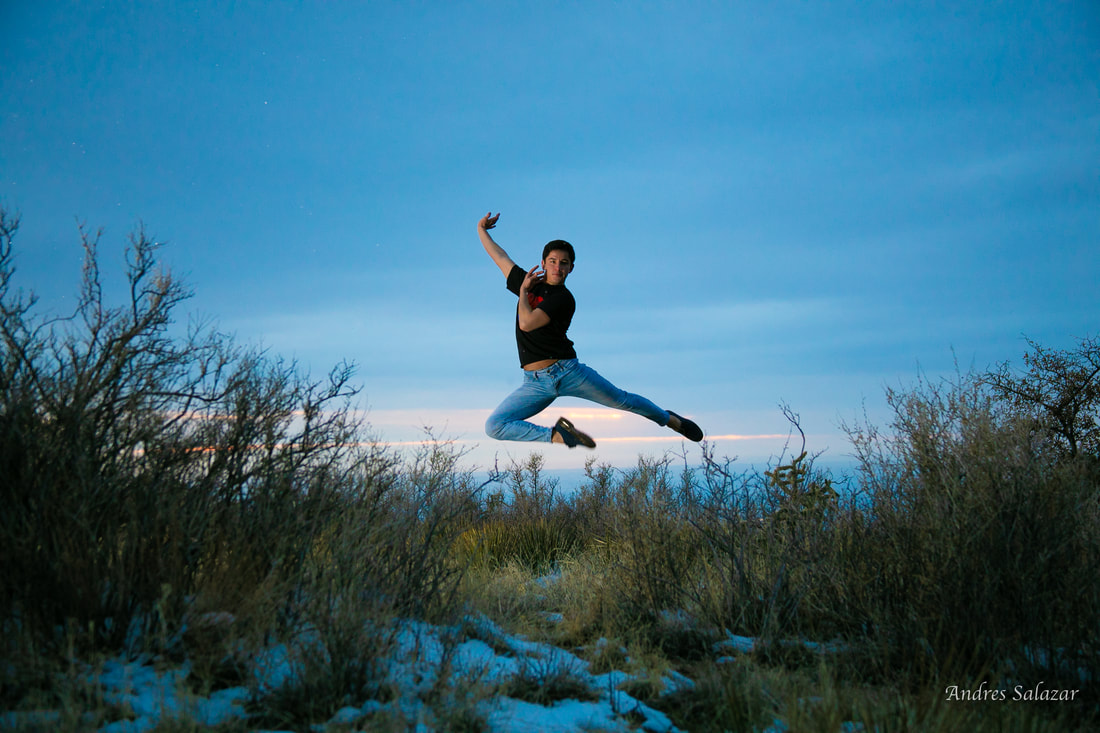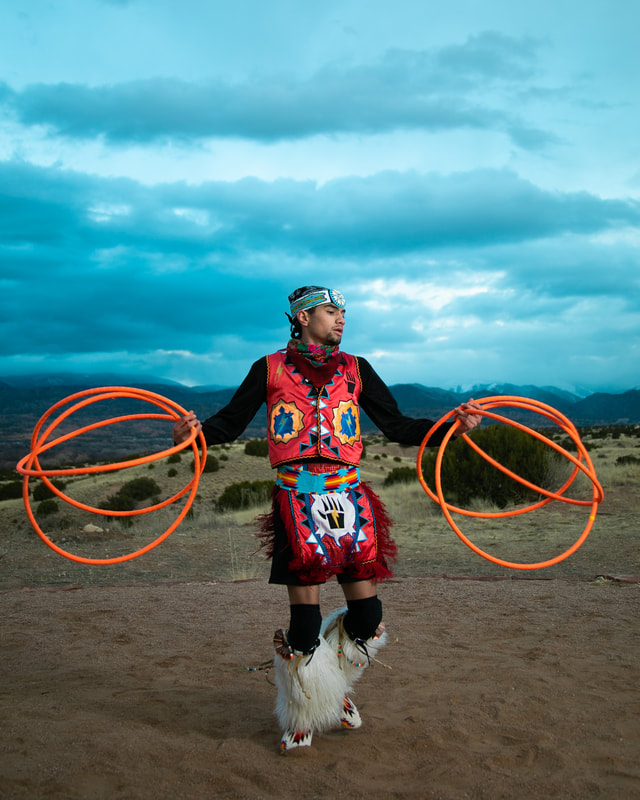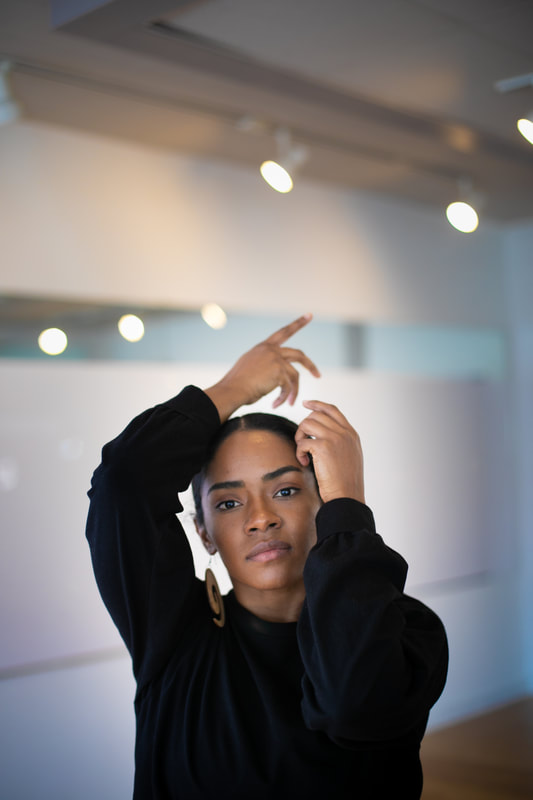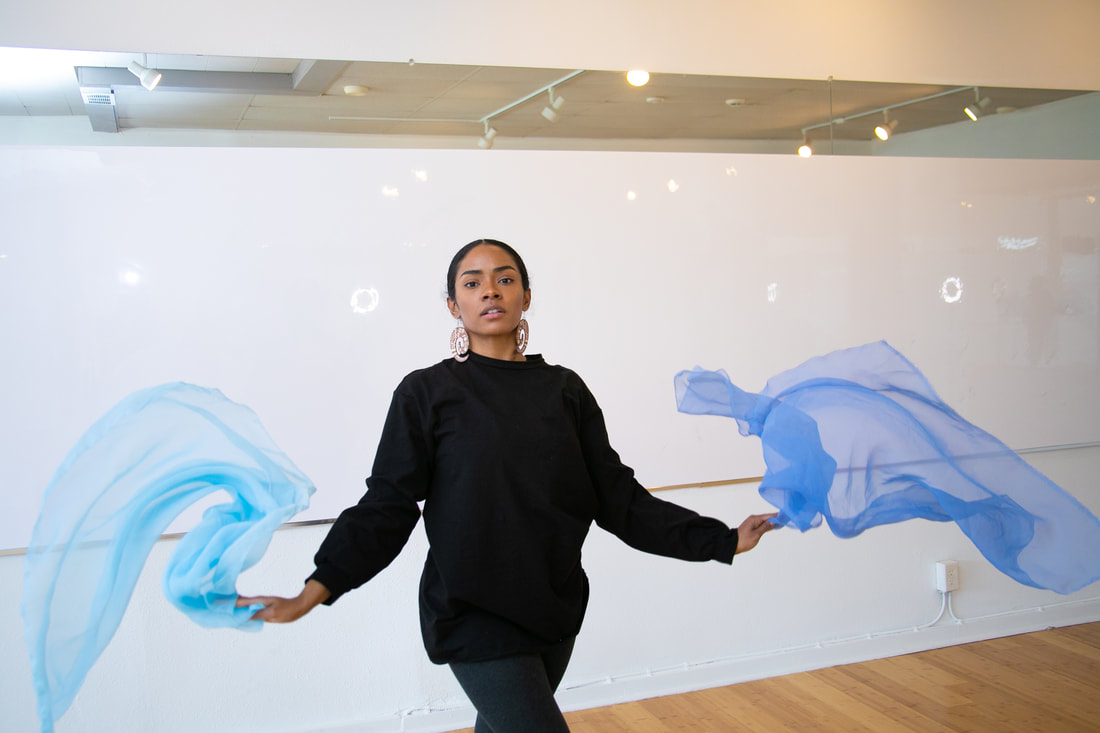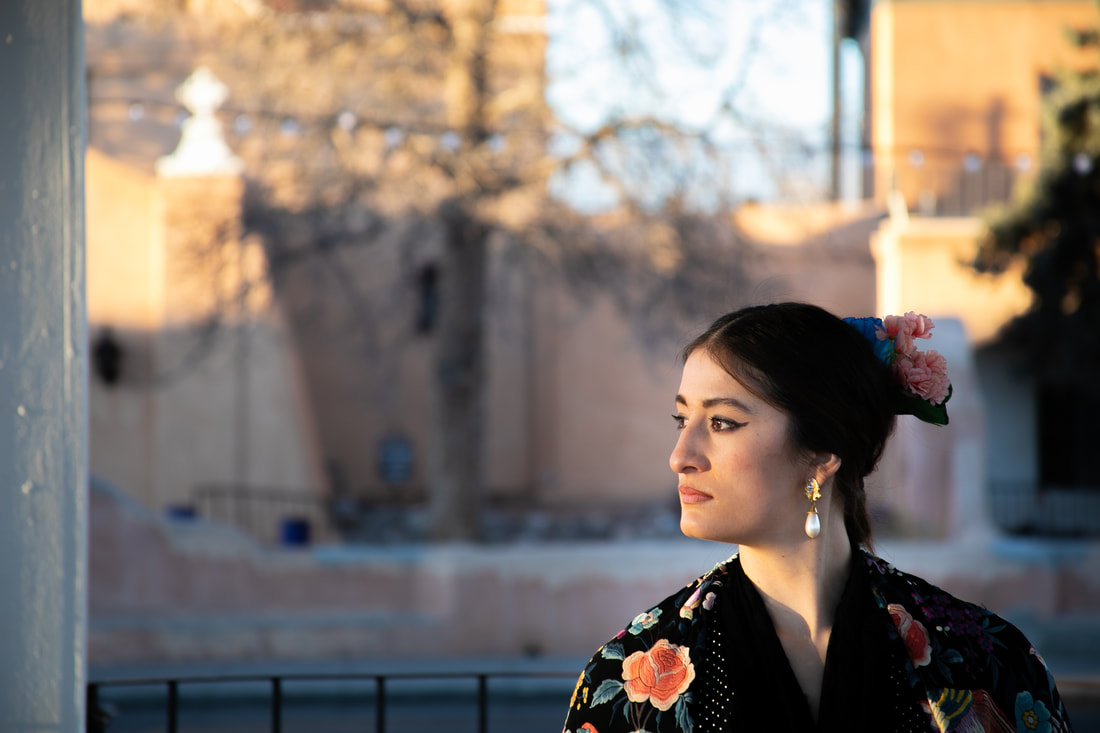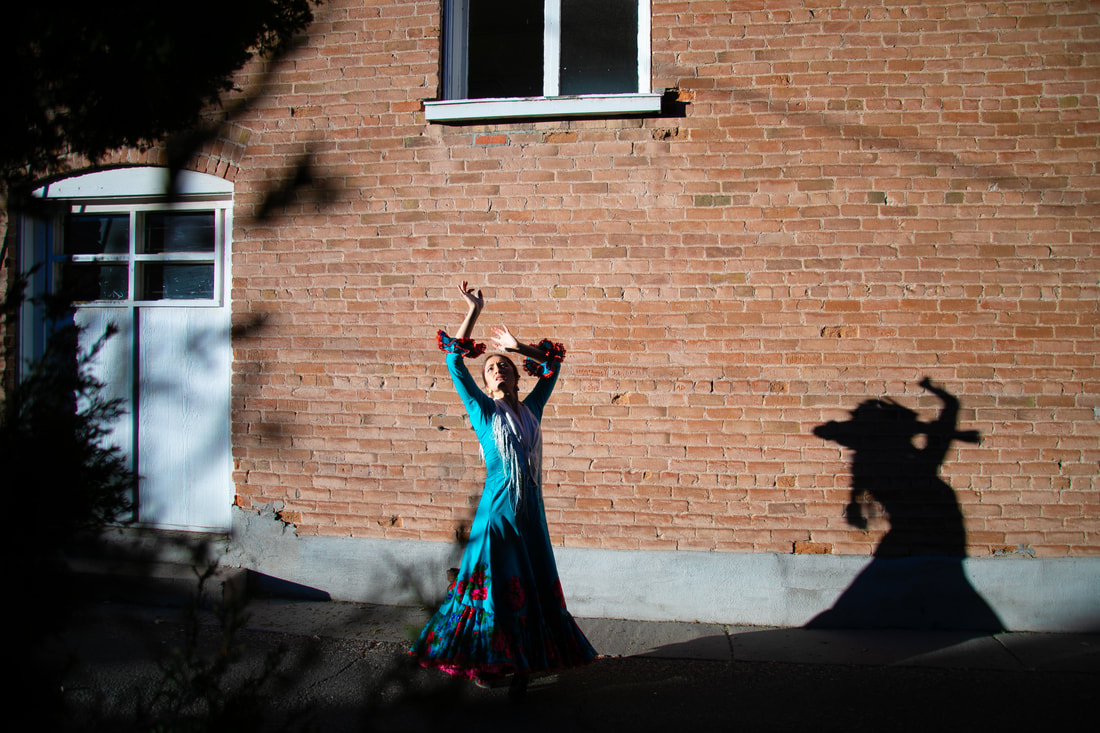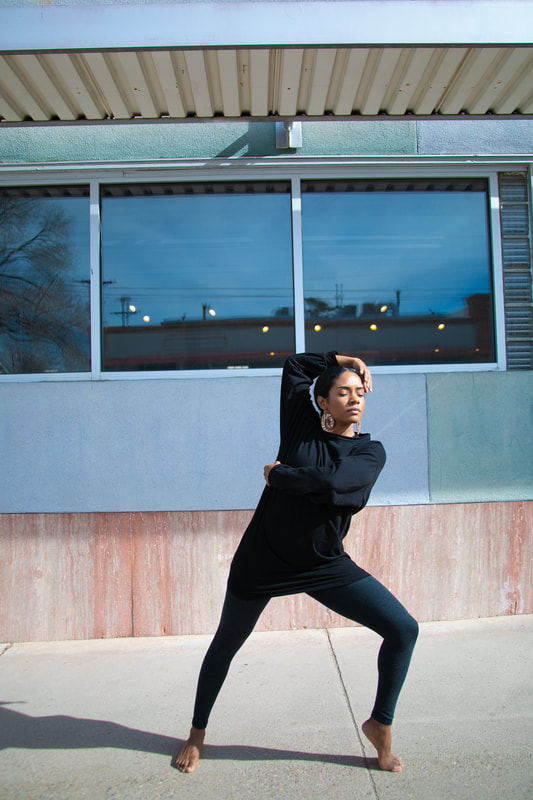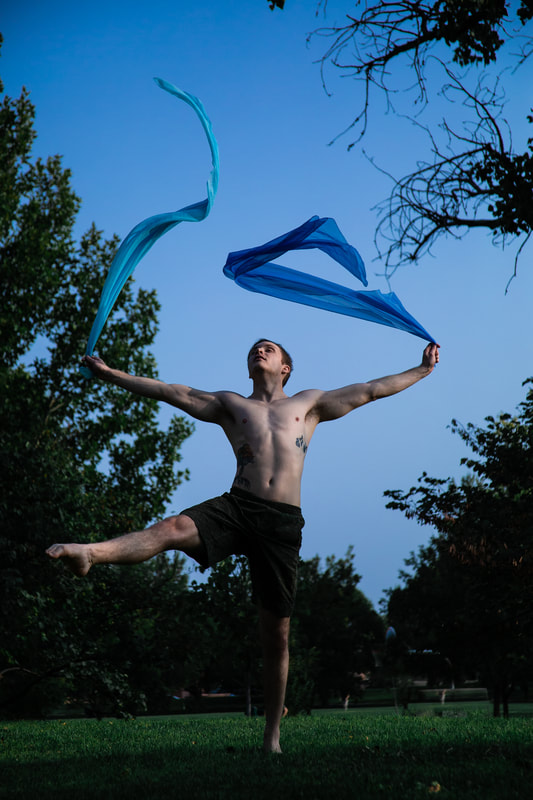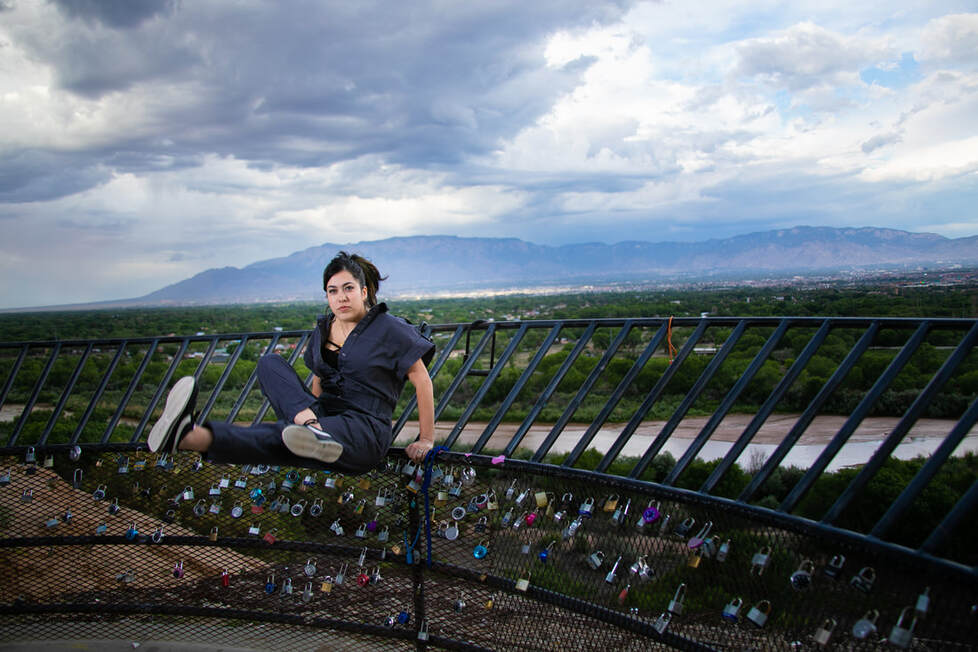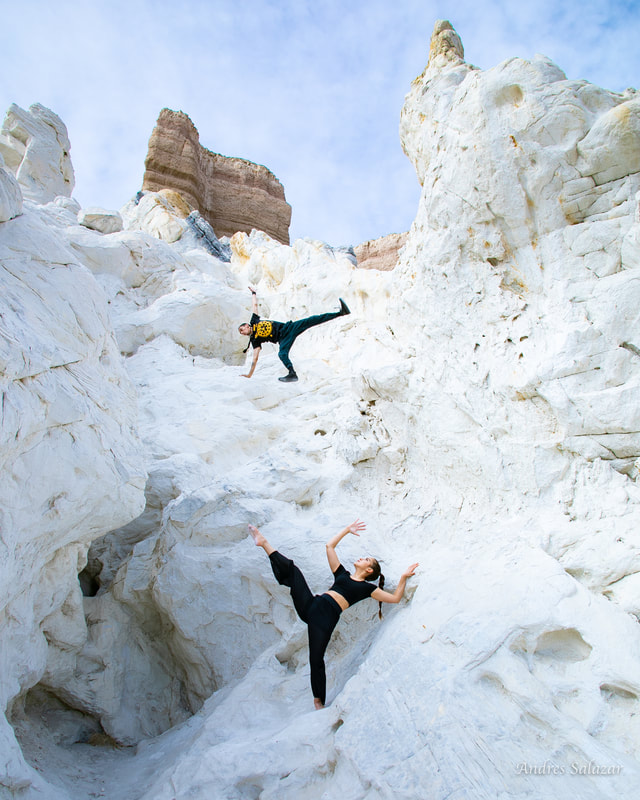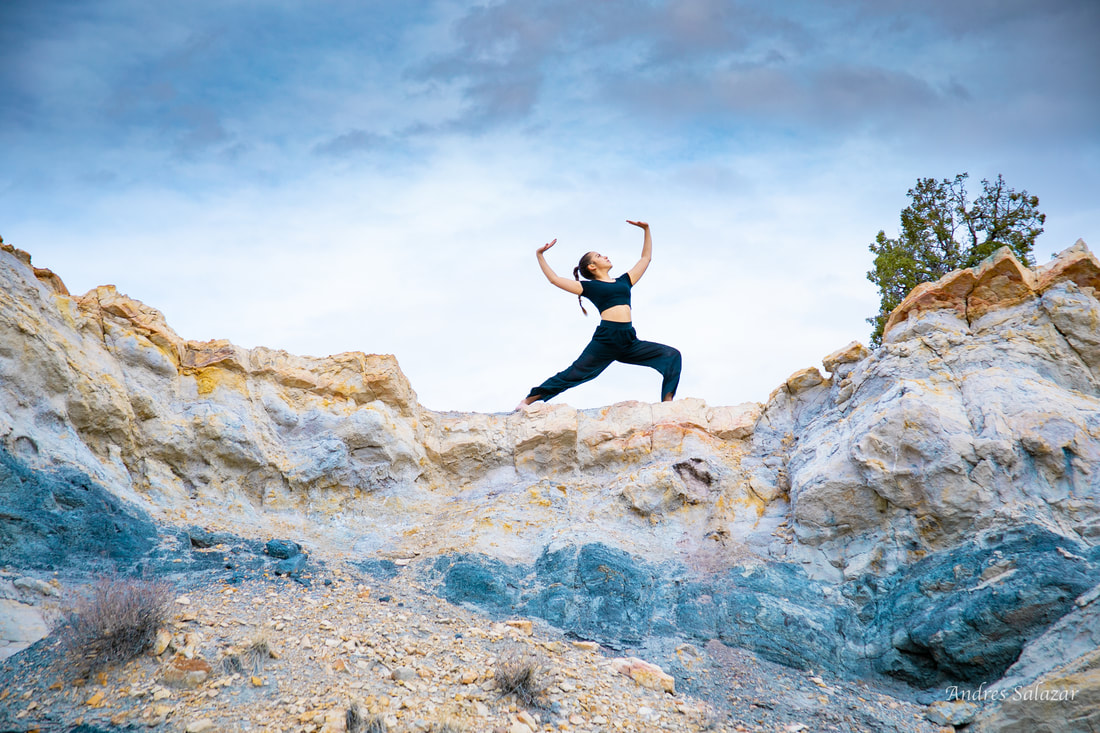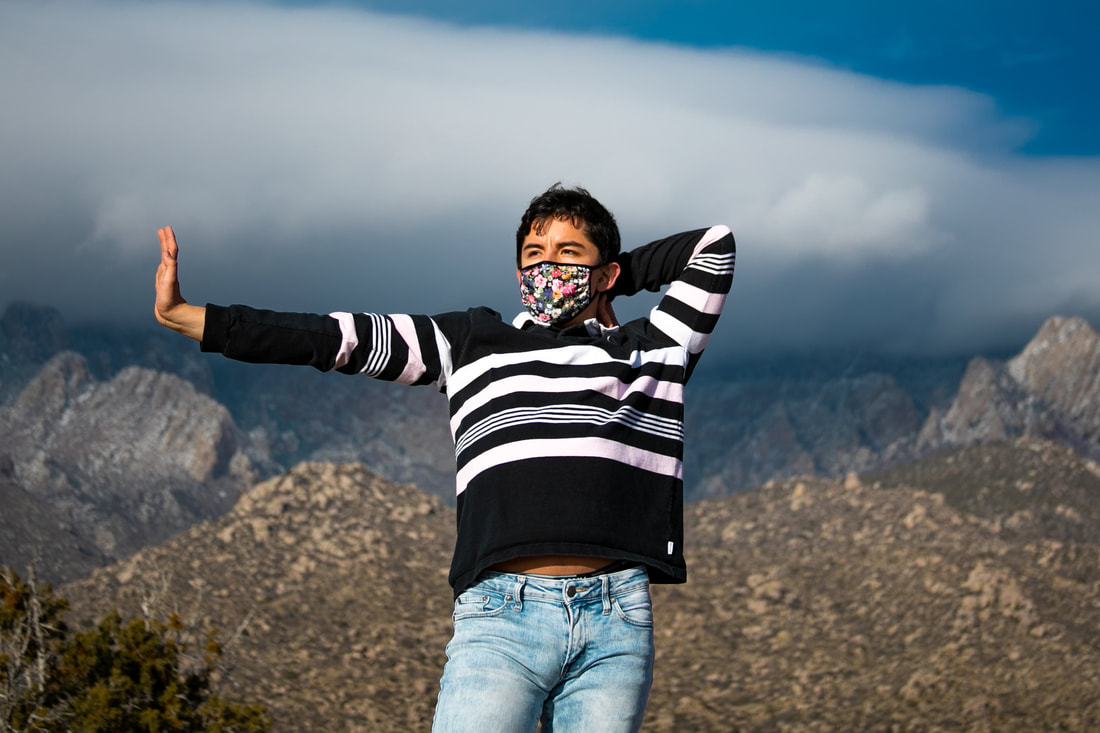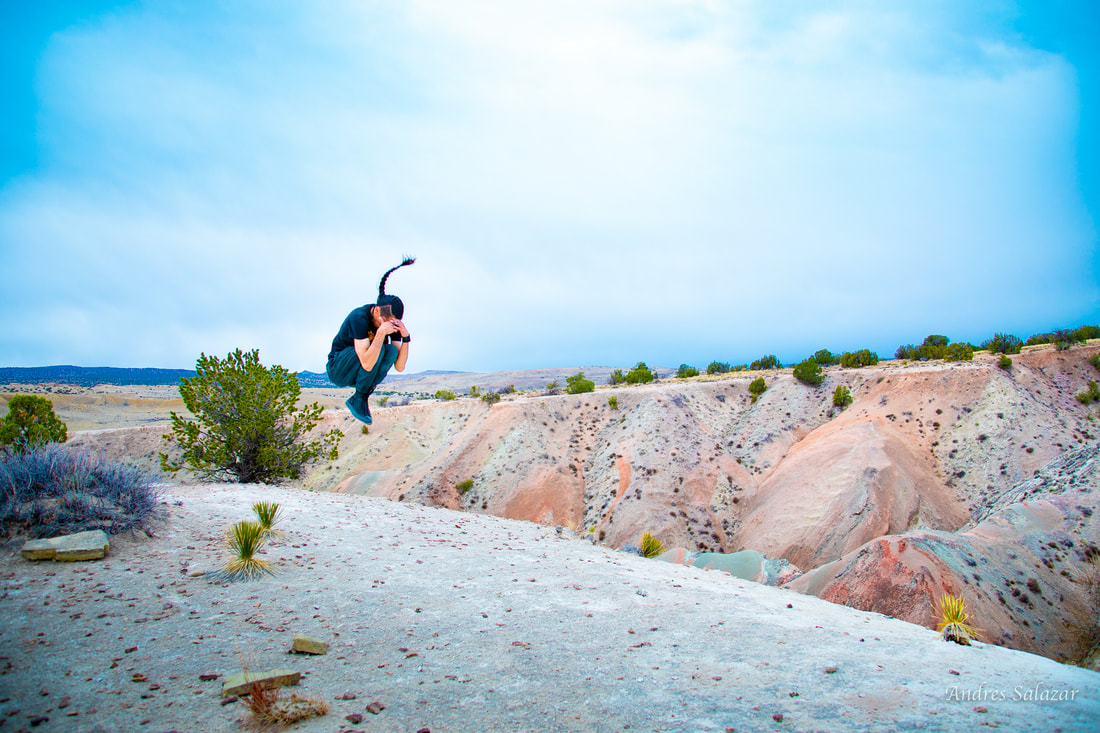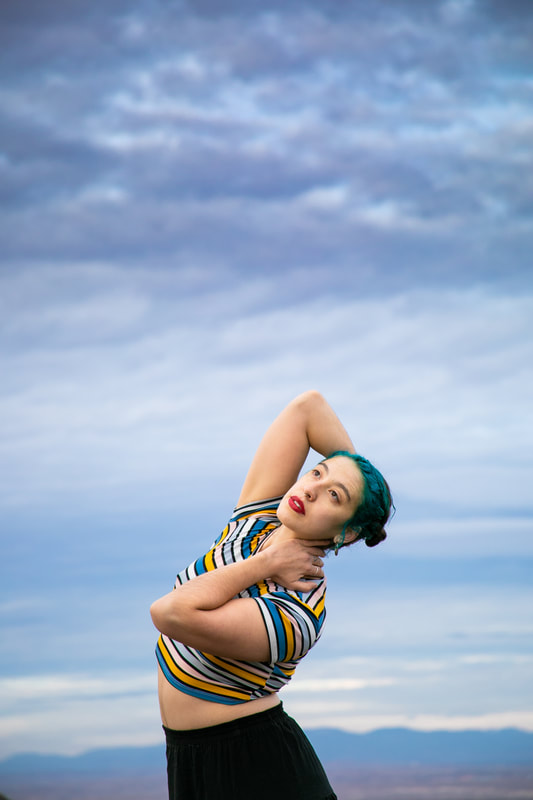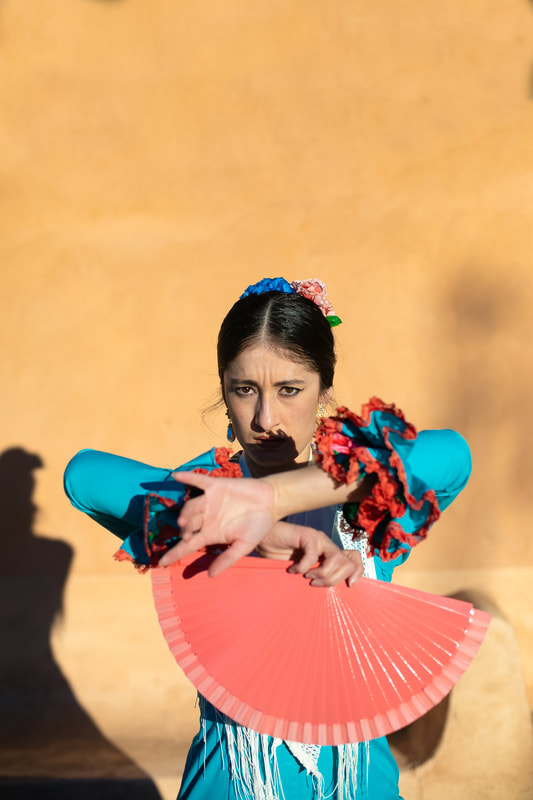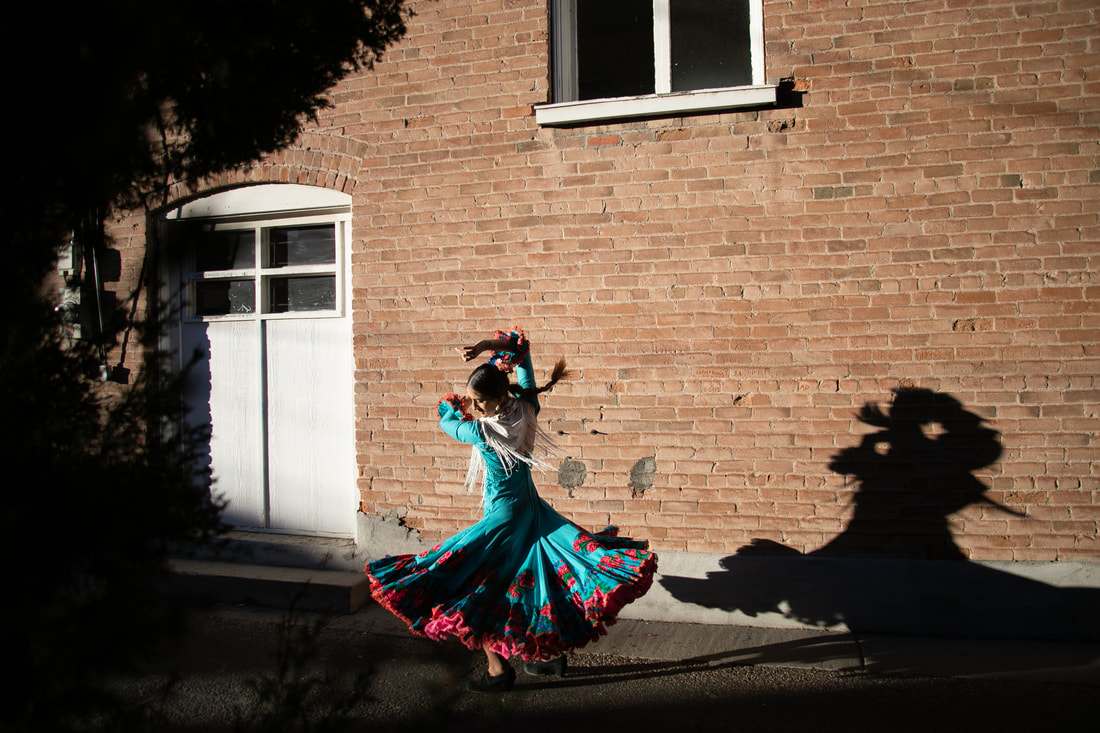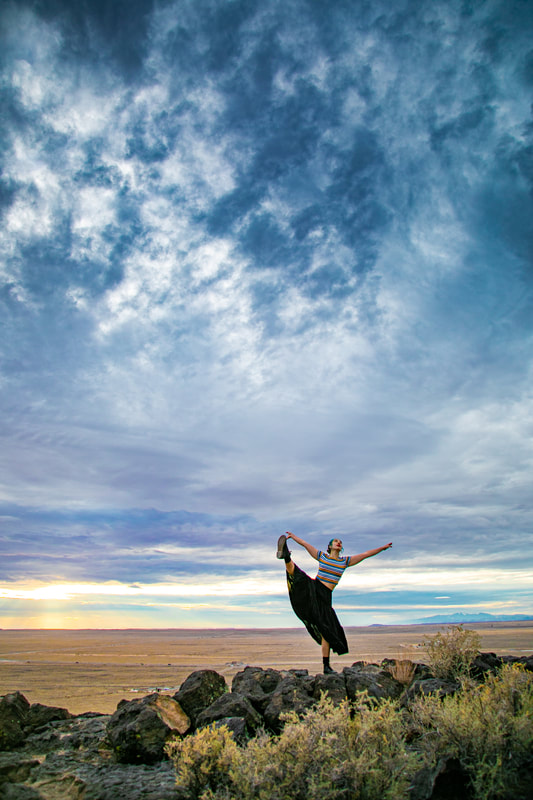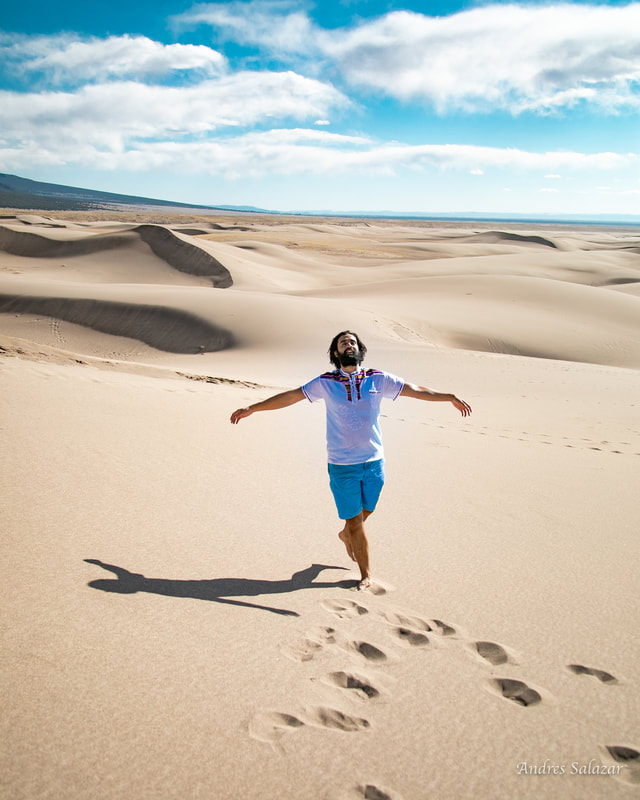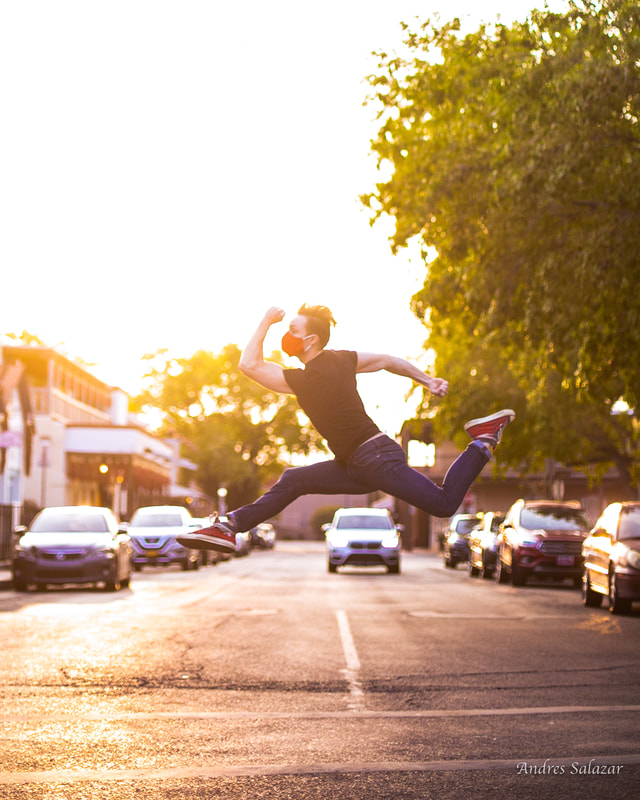"Dancers at a Crossroads"
The Short Documentary film by Andrés Salazar
Produced by Christiana Barnett-Murphey
Cinematographer Andre Ross
Featured in:
The Albuquerque Journal
The Rio Grande Sun
New Mexico True
The Albuquerque Journal
The Rio Grande Sun
New Mexico True
It began as a photo project, and it has evolved into a film.
Our project centered on Dancers in the southwest region is a photography and short film project that tells the story about what makes artists unique to this beautiful area.
As of right now we have interviewed Flamenco, Breaking, Folklorico, and Hoop Dancers that all tell a beautiful story that weave together their community-driven art forms.
So far we have found that this region's borders are breaking down because of dance. We are all a community and dance connects us deeply to each other more than we thought possible.
Our project centered on Dancers in the southwest region is a photography and short film project that tells the story about what makes artists unique to this beautiful area.
As of right now we have interviewed Flamenco, Breaking, Folklorico, and Hoop Dancers that all tell a beautiful story that weave together their community-driven art forms.
So far we have found that this region's borders are breaking down because of dance. We are all a community and dance connects us deeply to each other more than we thought possible.
Essential Artists -- A project presented in 2020
In 2020 I did a series on Dancers and how they dealt with the pandemic. The statement for the series is below. The images above were presented with the series.
"Essential Artists" Dancers in Alternative Spaces"
“Essential Artists: Dancers in Alternative Spaces” serves to examine dancers from different backgrounds—cultural, local, professional, and international performers in the aftermath of cancelled shows and the emotional impact that followed. Many are coping with being at home instead of performing, and many are finding alternatives to performance, teaching in person, or taking classes with their peers. They are all enduring the challenges of not being able to work or adjusting their work life, thanks to the pandemic.
After the same cancellations, on social media, I began to notice a few friends talk about how the Super Bowl and other sporting events were still scheduled to go on. Being a former dancer myself who had to put dance on pause because of health reasons, I could relate to the sense of loss artists were facing. I reached out to a few dancers in my community to see how they processed the year 2020 and how it shifted their mindset and work life.
As I was photographing “Essential Artists,” what I came to realize was that the artists were expressing the grief of the pandemic itself while considering what their own work meant to begin with—how “essential” was it within our collective consciousness? What resulted were forms that, whether consciously or unconsciously, expressed a feeling of containment and solitude. There was a need to process the past year, mixed with moments of personal triumph as they let certain challenges go through the process.
Whether it’s on the dance floor or on the stage, movement art has always been a way to process and grapple with the complexities of being human—the highs and the lows—in a way that connects with others around us. The problem is, here we were: unable to connect with others in the same space. So many were unable to feel seen.
The camera, when used with the right intention, has the ability to help people feel seen. With dialogue and walking through the various styles the dancers expressed, together we created something diverse, empowering, and healing—all in the process itself. The subjects noted that the time off gave them time to reflect on their careers, the styles they were working on, the boundaries and goals they were going to set from here one out. The silver lining, if any, was the time for introspection.
With the grant, I intend to continue the important series and I believe many artists of all backgrounds and nationalities will benefit from being seen--the series already generated robust interest in the Santa Fe-area dance community. The grant will provide the opportunity to travel to various US or even international cities to meet more artists dancing in alternative spaces.
"Essential Artists" Dancers in Alternative Spaces"
“Essential Artists: Dancers in Alternative Spaces” serves to examine dancers from different backgrounds—cultural, local, professional, and international performers in the aftermath of cancelled shows and the emotional impact that followed. Many are coping with being at home instead of performing, and many are finding alternatives to performance, teaching in person, or taking classes with their peers. They are all enduring the challenges of not being able to work or adjusting their work life, thanks to the pandemic.
After the same cancellations, on social media, I began to notice a few friends talk about how the Super Bowl and other sporting events were still scheduled to go on. Being a former dancer myself who had to put dance on pause because of health reasons, I could relate to the sense of loss artists were facing. I reached out to a few dancers in my community to see how they processed the year 2020 and how it shifted their mindset and work life.
As I was photographing “Essential Artists,” what I came to realize was that the artists were expressing the grief of the pandemic itself while considering what their own work meant to begin with—how “essential” was it within our collective consciousness? What resulted were forms that, whether consciously or unconsciously, expressed a feeling of containment and solitude. There was a need to process the past year, mixed with moments of personal triumph as they let certain challenges go through the process.
Whether it’s on the dance floor or on the stage, movement art has always been a way to process and grapple with the complexities of being human—the highs and the lows—in a way that connects with others around us. The problem is, here we were: unable to connect with others in the same space. So many were unable to feel seen.
The camera, when used with the right intention, has the ability to help people feel seen. With dialogue and walking through the various styles the dancers expressed, together we created something diverse, empowering, and healing—all in the process itself. The subjects noted that the time off gave them time to reflect on their careers, the styles they were working on, the boundaries and goals they were going to set from here one out. The silver lining, if any, was the time for introspection.
With the grant, I intend to continue the important series and I believe many artists of all backgrounds and nationalities will benefit from being seen--the series already generated robust interest in the Santa Fe-area dance community. The grant will provide the opportunity to travel to various US or even international cities to meet more artists dancing in alternative spaces.
